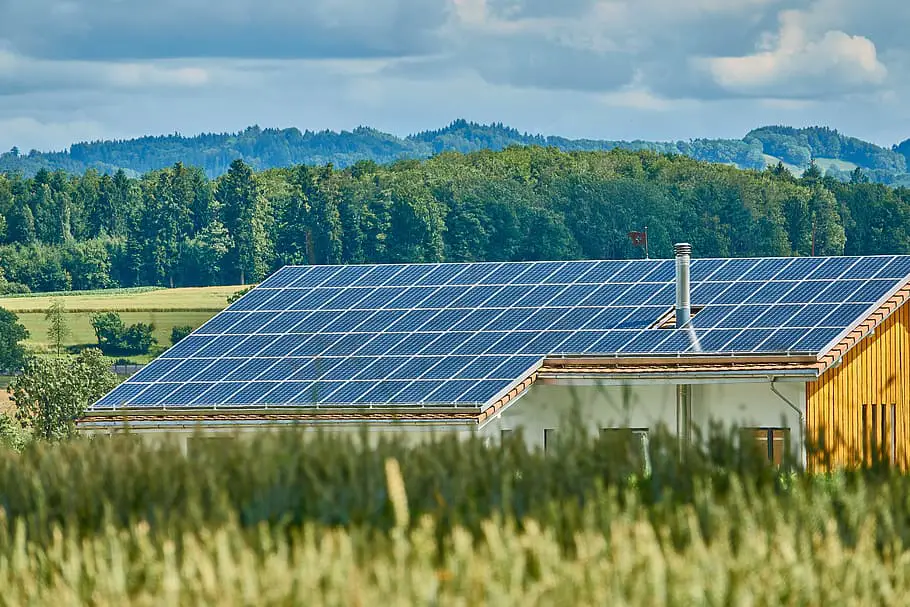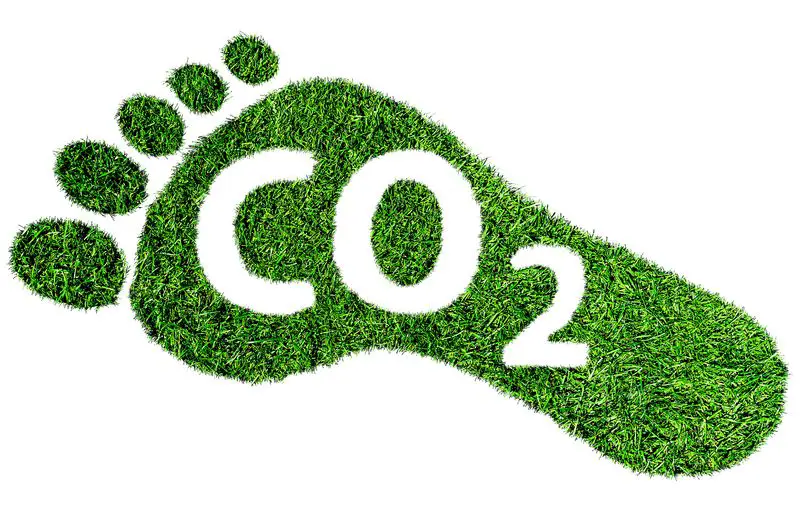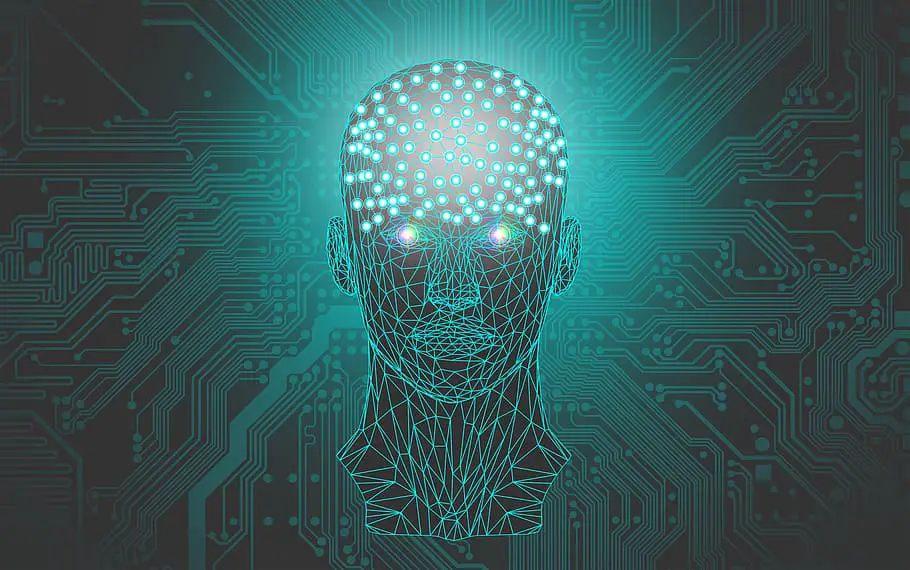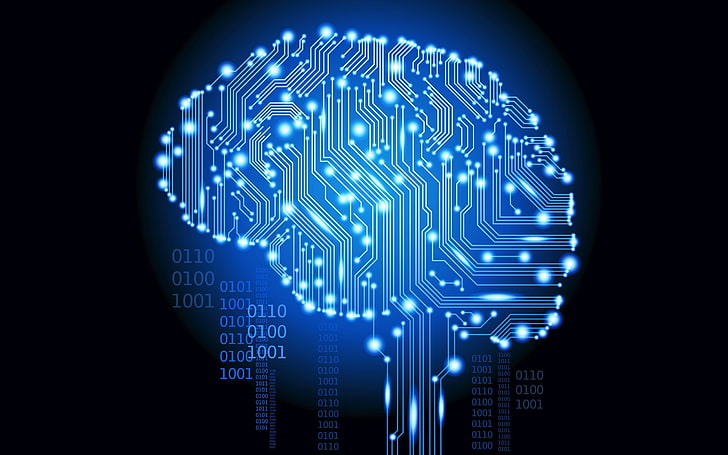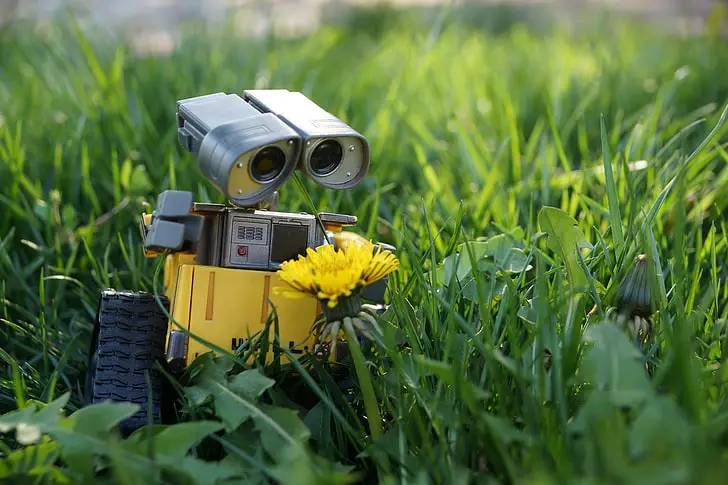
Let’s explore the transformative role of AI in advancing green technology. From climate prediction to energy efficiency, discover how AI shapes a sustainable future.
Ever thought about the role of AI in advancing green technology? Well, it’s quite a game-changer.
AI, the shorthand for Artificial Intelligence, is much like an invisible conductor orchestrating a symphony of innovations.
It’s right here in the heart of green technology, tuning, guiding, and amplifying our efforts toward a more sustainable future.
Intriguing, isn’t it? Let’s dive into this fascinating intersection of cutting-edge tech and sustainability.
The Role of AI in Advancing Green Technology
Are you curious about the role of AI in advancing green technology? Imagine AI as the unsung hero in our collective race toward a more sustainable, eco-friendly future.
In this post, we will navigate through the world where artificial intelligence meets green technology.
We’ll explore its current applications, peek into fascinating case studies, and ponder the future possibilities and challenges.
So, get ready for an enlightening journey into this pioneering frontier of environmental protection and technological advancements!
Brief Overview of AI and Green Technology
Let’s first get our basics right! Artificial Intelligence, or AI, is no longer a realm of science fiction; it’s our everyday reality.
It’s essentially a series of algorithms that help machines learn from data, interpret, and make decisions, much like us humans.
Green technology, on the other hand, is all about harnessing power responsibly.
It’s our innovative response to environmental challenges, providing sustainable alternatives that are light on our precious planet.
Now, when AI and green technology shake hands, something remarkable happens.
The power of AI turbocharges our green efforts, creating solutions that are more efficient, adaptable, and precise.
Whether it’s optimizing energy consumption or forecasting weather patterns for better renewable energy use, AI is a powerful partner in our green tech journey.
Importance of the Topic
Now you might wonder, why should we care? Well, the clock is ticking for our planet.
We’re at a point where we can no longer ignore the need for sustainable practices.
And we need all the help we can get, and that’s where AI comes into the picture.
Marrying AI with green technology could well be one of our strongest moves in combating environmental challenges.
The potential benefits are tremendous: decreased resource consumption, improved efficiency, waste reduction, and much more.
Moreover, it opens up new opportunities for innovation and business, creating jobs and driving economic growth.
But it’s not all sunshine and rainbows. Like all powerful tools, AI comes with its own set of challenges and considerations, which we need to tackle responsibly.
We’re about to embark on a deep dive into this fascinating world. Ready? Let’s go!
The Intersection of AI and Green Technology
Have you ever considered the crossroads where Artificial Intelligence meets Green Technology? It’s quite an extraordinary place!
This unlikely duo has emerged as a powerhouse for innovation, transforming how we approach environmental conservation and sustainability.
As we delve into this intriguing intersection, we’ll uncover how AI is aiding green technology and its potential for tackling environmental challenges.
Ready for the adventure? Let’s journey together into this extraordinary alliance!
How AI is Being Used in Green Technology
It’s fascinating to see how AI has been swept up into the green technology revolution.
In this intricate dance, AI performs some mind-blowing moves. For instance, consider energy efficiency in buildings.
AI, with its ability to analyze vast amounts of data, can predict energy consumption patterns, enabling smarter usage and conservation of energy.
Such AI-driven systems are currently being utilized to minimize energy wastage and reduce our carbon footprint.
Another area where AI has a significant impact is in monitoring deforestation.
AI-powered satellite imagery allows us to track and assess forest loss in real time, supporting initiatives to combat deforestation worldwide.
And let’s not forget about optimizing renewable energy deployment!
AI’s predictive capabilities help us understand weather patterns and harness renewable energy more efficiently, leading to a cleaner and greener planet.
The Potential of AI in Tackling Environmental Challenges
When we think about the potential of AI in tackling environmental challenges, the possibilities seem limitless.
According to the United Nations Environment Programme (UNEP), AI can serve as a pivotal tool in managing the planetary crisis of climate change, biodiversity loss, pollution, and waste.
For instance, UNEP’s World Environment Situation Room (WESR), launched in 2022, leverages AI to analyze complex datasets.
It provides near real-time analysis and future predictions on critical environmental indicators like CO2 atmospheric concentration, changes in glacier mass, and sea-level rise.
Similarly, the International Methane Emissions Observatory (IMEO) uses AI to revolutionize the monitoring and mitigation of methane emissions, one of the potent greenhouse gases contributing to climate change.
The platform creates a global public record of verified methane emissions, supporting data-driven decisions to curb this pressing environmental concern.
AI also aids in calculating the environmental footprints of products across their full life cycles, enabling businesses and consumers to make informed, eco-friendly choices.
However, as we harness the power of AI, it’s crucial to remember that it’s not a silver bullet.
Alongside its potential, we need to be aware of and address the challenges it brings, something we will delve into later in this post.
These examples are just the tip of the iceberg, indicative of the immense potential of AI in combating environmental challenges and advancing green technology.
Case Studies of AI in Green Technology
Now that we’ve seen the potential of AI in green technology, let’s bring it down to earth with some real-world examples.
We’ve got some fascinating case studies lined up for you that showcase how AI is already making strides in the world of sustainability.
From its role in climate prediction and weather modeling to improving energy efficiency in renewable energy sectors, these stories highlight the transformative power of AI in action.
So, buckle up, and let’s dive into these tales of AI-driven innovation!
AI in Climate Prediction and Weather Modeling
Imagine if we could accurately predict weather patterns and climate change. Sounds like a dream, right?
Well, with AI, this is becoming a reality. According to Nature, one of the most renowned scientific journals, AI is being extensively used in climate prediction and weather modeling.
By processing vast amounts of climate data, AI can recognize patterns and make precise predictions that were previously beyond our reach.
This could mean accurately forecasting extreme weather events like hurricanes and droughts or predicting long-term climate changes.
Such accurate forecasts not only allow us to prepare better for extreme weather events but also aid in policy-making, urban planning, and mitigation strategies to tackle climate change.
AI is like a sophisticated crystal ball, revealing insights into our climate future and providing us with valuable information to act, adapt, and mitigate.
AI in Energy Efficiency and Renewable Energy
Now, let’s talk about something that powers our everyday life, energy!
Traditional energy sources are not just finite but also pose environmental concerns.
This is where renewable energy and energy efficiency come into play, and AI is a crucial player in this field.
A report from the European Parliament sheds light on how AI is revolutionizing energy efficiency and renewable energy sectors.
AI can optimize the operation and maintenance of renewable energy facilities, such as solar panels and wind turbines.
It can predict energy production based on weather data, leading to optimal utilization of renewable energy resources.
Moreover, in the domain of energy efficiency, AI helps monitor and control energy consumption in buildings and industries, reducing wastage and saving costs.
It also supports smart grids, balancing energy supply with demand and preventing energy losses.
In essence, AI is like the brain of a green energy system, managing and optimizing the flow of energy, ensuring we get the most out of every ray of sunlight or gust of wind.
It’s not just about preserving resources; it’s also about a sustainable future that promises cleaner air, healthier environments, and a vibrant planet.
The Future of AI in Green Technology
As we journey deeper into our exploration of AI and Green Technology, let’s pull out our crystal balls and take a peek into the future.
What does it hold? What does the horizon look like? Will AI continue to blaze a trail in green technology?
In this section, we’ll uncover the thrilling predictions and potential possibilities that lie ahead.
We’ll also examine the challenges that we might need to navigate and the considerations we need to keep in mind.
So, fasten your seat belts as we fast-forward into the future of AI in Green Technology!
Predictions and Possibilities
With every passing moment, the fusion of AI and Green Technology is becoming increasingly sophisticated, and the future possibilities are exciting.
We can expect AI to play a more significant role in predicting and managing climate change, thus giving us a head start in battling its adverse effects.
For instance, AI models can help us forecast climate-related disasters, enabling us to prepare better and reduce damage.
The energy sector, too, will see more profound impacts of AI.
We could anticipate a future where renewable energy sources, such as solar and wind, are fully optimized using AI, eliminating energy wastage and improving energy efficiency to an unimaginable extent.
AI might also facilitate the transition to a circular economy, where waste is minimized, and resources are reused to their maximum potential.
Moreover, we could see a rise in ‘smart cities,’ where AI is leveraged to manage resources and services efficiently, creating urban spaces that are sustainable and environment-friendly.
The potential is vast, and the excitement is palpable. The union of AI and Green Technology seems like a promising step toward a sustainable future.
Challenges and Considerations
While the potential and possibilities are thrilling, it’s equally essential to remember that like any technology, AI in green technology is not devoid of challenges.
As we propel forward, we must navigate these considerations carefully.
One challenge lies in the data itself. Collecting, processing, and securing vast amounts of data that AI systems require can be a complex task.
Furthermore, the risk of bias in AI models is a significant concern. If the data fed to these models are skewed, the predictions and decisions they make could also be biased.
In addition, we need to consider the environmental footprint of AI.
Large-scale AI systems require substantial computational resources and energy, which can lead to increased carbon emissions.
Efforts are needed to ensure that the implementation of AI is done in a way that doesn’t counteract its environmental benefits.
Furthermore, there are ethical and privacy considerations related to the use of AI.
Balancing the benefits of AI with protecting individuals’ privacy and rights will be an ongoing challenge.
It’s clear that while we harness the power of AI in green technology, we also need to remain cognizant of these challenges.
By doing so, we can hope to navigate towards a future where AI truly becomes a torchbearer for sustainability and environmental conservation.
Role of AI in Advancing Green Technology FAQs
As we’ve journeyed through the world of AI in Green Technology, we’re sure you’ve got some questions brewing in your mind.
This next section is designed to quench your curiosity. We’ve compiled a list of frequently asked questions about the role of AI in advancing green technology.
So whether you’re wondering about its role in the Green Deal or how it can help make energy greener, we’ve got you covered.
Let’s dive right into these burning questions and demystify the magic of AI in green technology!
Q: What is the role of AI in the Green Deal?
A: The European Green Deal, aimed at making Europe the world’s first climate-neutral continent by 2050, heavily relies on AI.
AI aids in optimizing systems to reduce greenhouse gas emissions, improving energy efficiency, predicting and managing climate impacts, and facilitating the transition to renewable energy.
It’s also instrumental in developing ‘smart cities’ with efficient resource management, leading us toward a sustainable future.
Q: How can we use AI technology to make greener energy?
A: AI technology can be used in numerous ways to facilitate greener energy. It helps in predicting energy demand, optimizing energy use, and minimizing waste.
AI can also aid in managing and integrating renewable energy sources, such as solar and wind, into the grid more efficiently.
Furthermore, AI can help in developing smart grids that adapt to changes in supply and demand, enhancing the overall efficiency of our energy systems.
Q: What is the role of AI in the environment?
A: AI plays a pivotal role in environmental management and protection. It helps in monitoring environmental parameters, predicting natural disasters, and modeling climate change impacts.
AI can be used to track deforestation, manage waste, protect biodiversity, and even clean oceans.
By providing valuable insights and predictions, AI equips us with the tools we need to make informed decisions and take proactive measures for environmental conservation.
Q: How can AI be helpful in improving the work environment?
A: AI has the potential to significantly enhance the work environment. For instance, it can be used to optimize energy use in office buildings, reducing their carbon footprint.
AI can also monitor and improve air quality, ensuring a healthier workspace. It can aid in automating mundane tasks, freeing up employees’ time for more creative and engaging work.
Moreover, AI can provide insights into improving workflow and productivity, leading to a more efficient and pleasant work environment.
Role of AI in Advancing Green Technology Conclusion
As we approach the final stretch of our exploration into the role of AI in advancing green technology, it’s time to tie everything together.
From discovering the intricacies of AI and green tech to delving into case studies and envisioning the future, we’ve covered a lot of ground.
But, as with all good things, we need to draw to a close. So let’s take a moment to reflect on what we’ve learned, as we sum up the essence of our discussion and share some final thoughts.
Recap of the importance of AI in advancing green technology
AI’s role in advancing green technology cannot be overstated. It’s been a fascinating journey of exploration and discovery as we’ve seen how AI has transformed this landscape.
AI is the catalyst pushing boundaries, helping us tackle environmental challenges, predict climate trends, and enhance energy efficiency.
From the granular level of our homes with smart thermostats to large-scale projects like monitoring global emissions, AI has proved instrumental.
It has not just facilitated a shift towards sustainable energy, but also paved the way for systemic change towards a more sustainable future.
Final Thoughts
As we wrap up, it’s important to remember that while the potential of AI in green technology is vast, it’s still a growing field.
We have barely scratched the surface of what is possible. The coming years will bring new challenges, but also new opportunities.
With careful planning, continued innovation, and a sustained focus on sustainability, the future of AI in green technology looks promising.
The marriage of AI and green tech has the potential to reshape our world, leading us to a future that is not just technologically advanced, but also sustainable and harmonious with our environment.
has the potential to reshape our world, leading us to a future that is not just technologically advanced, but also sustainable and harmonious with our environment.
It’s an exciting journey ahead, and we’re just at the starting line.


